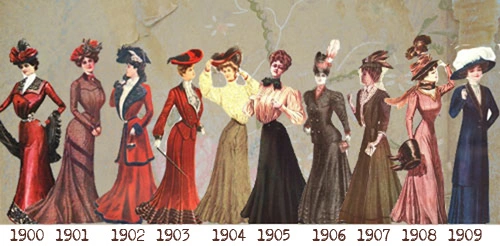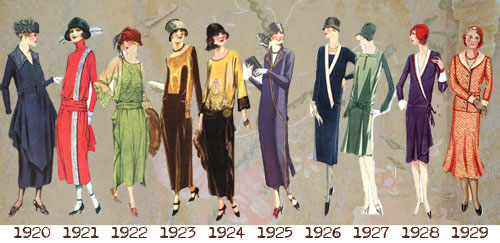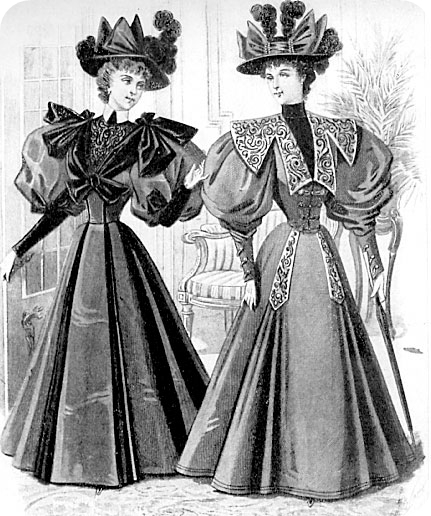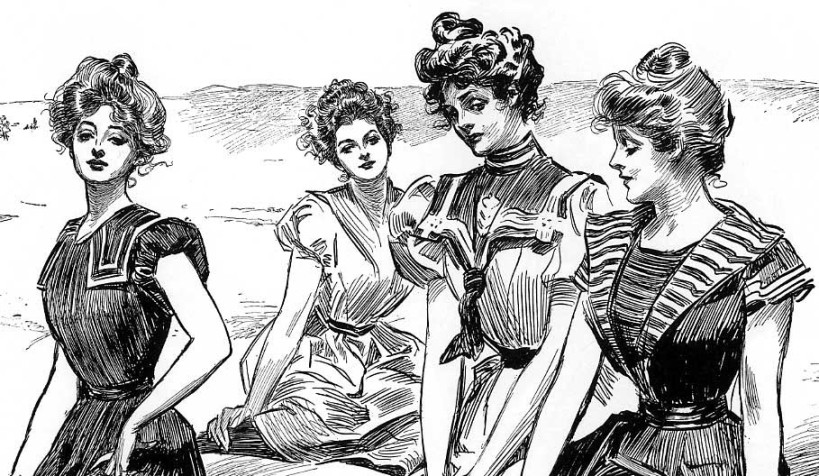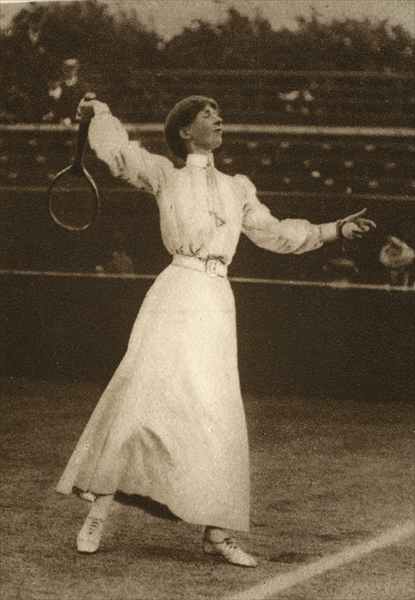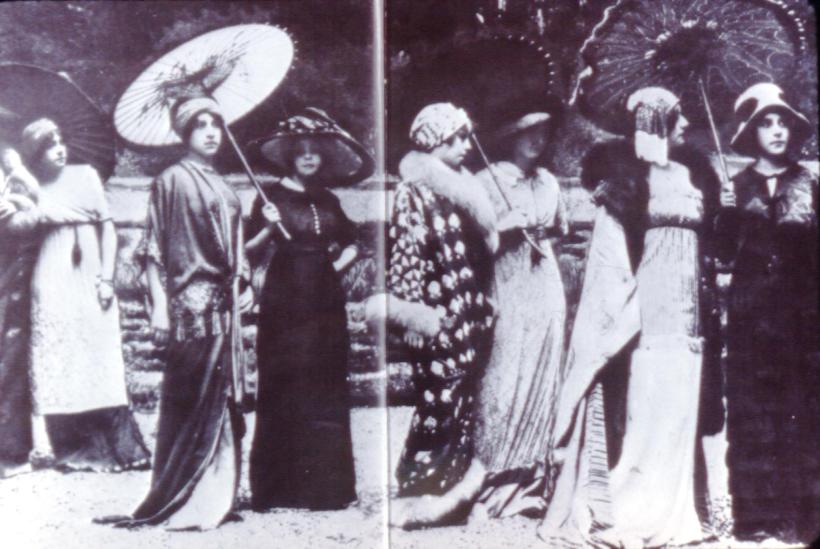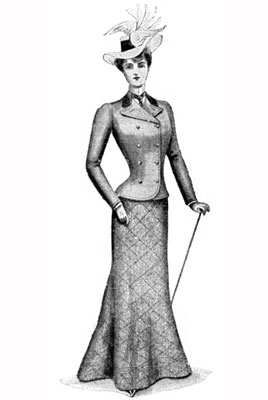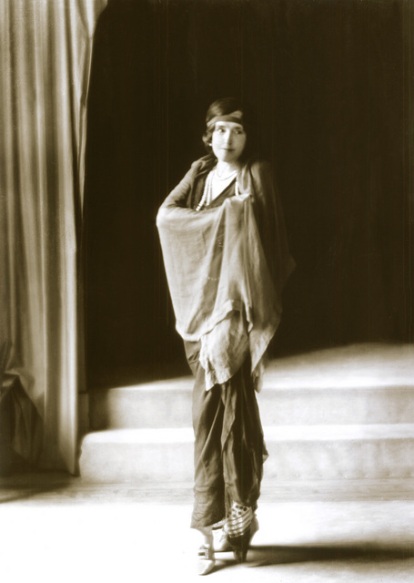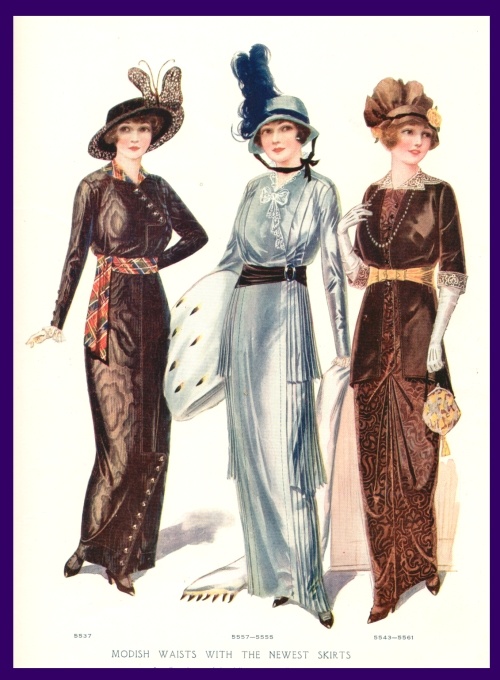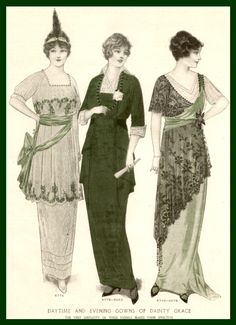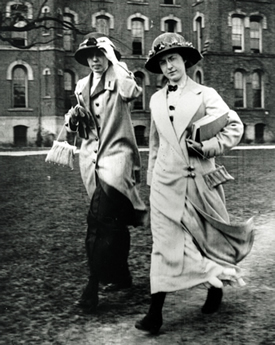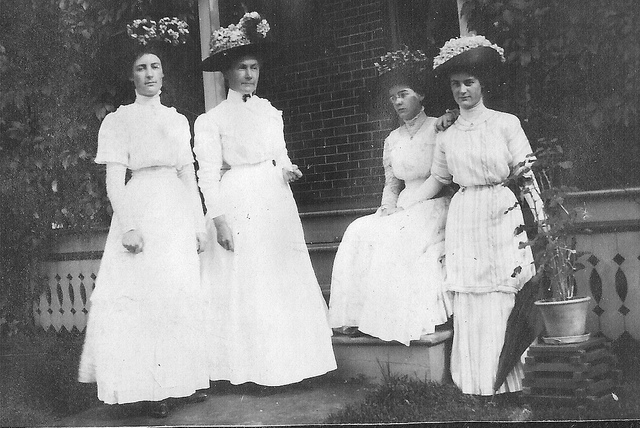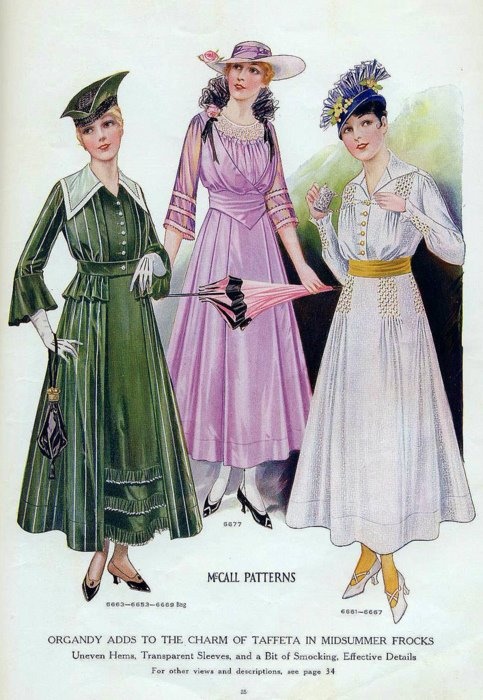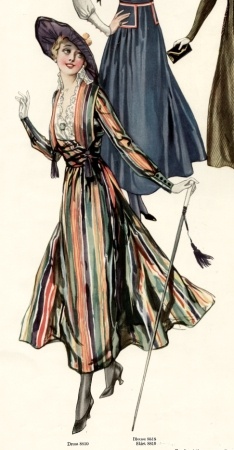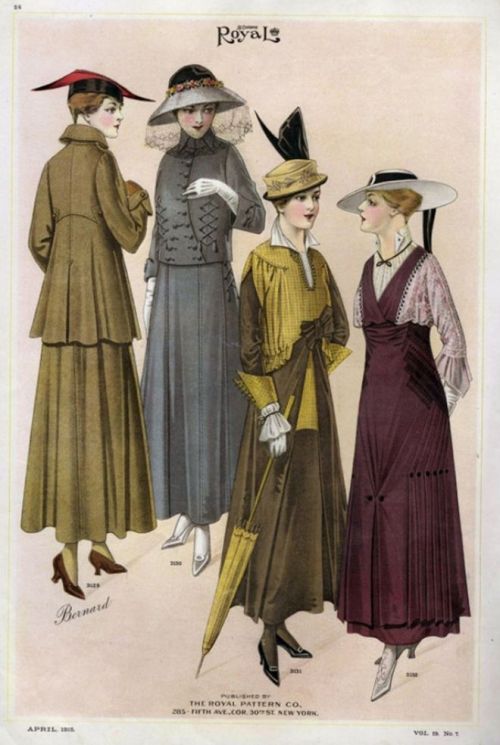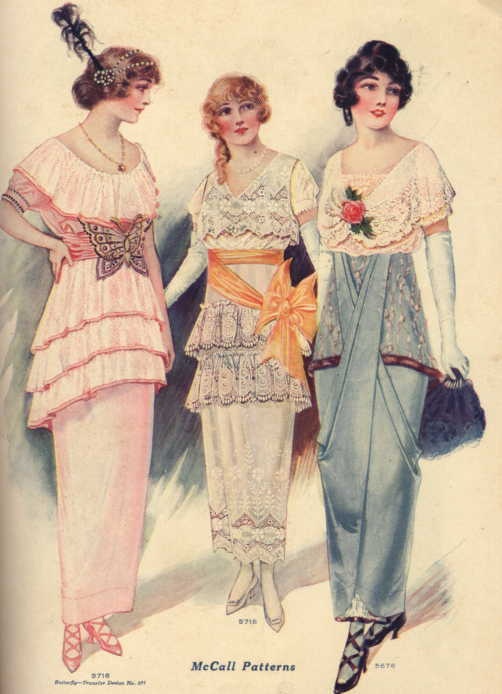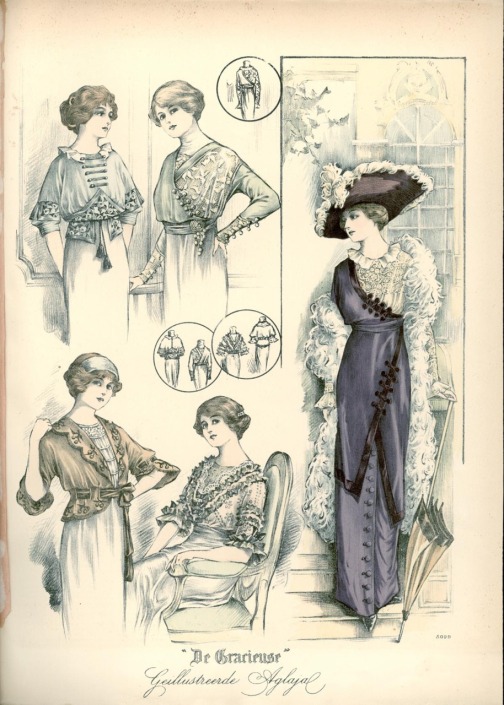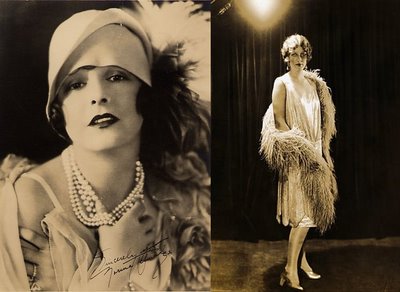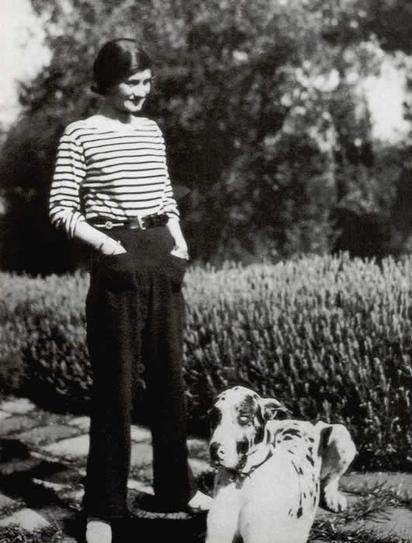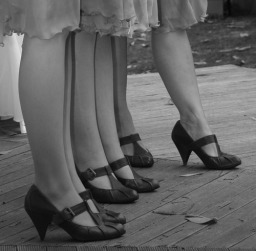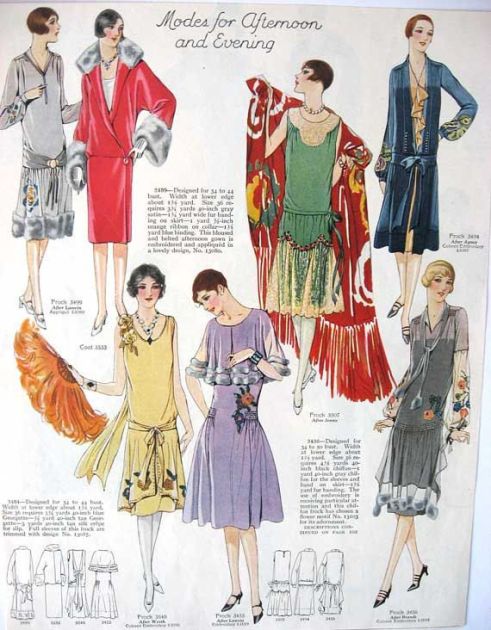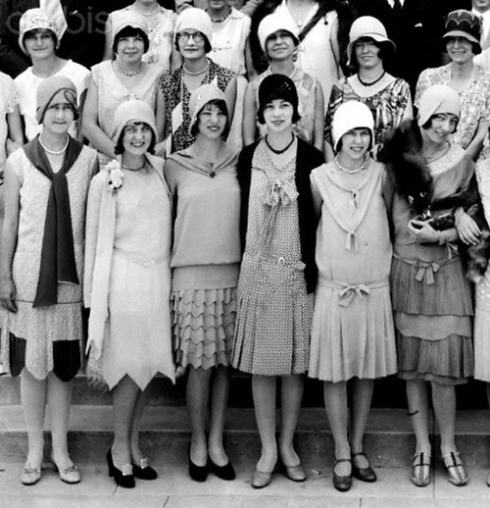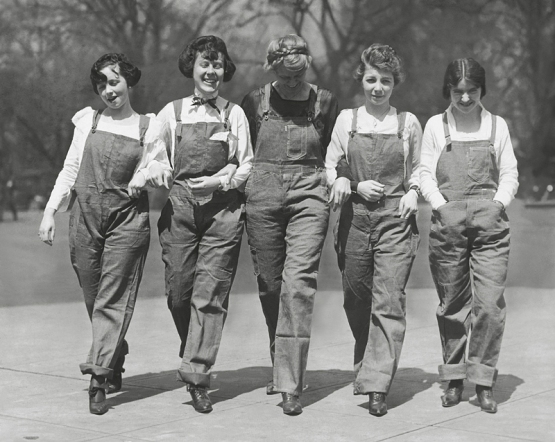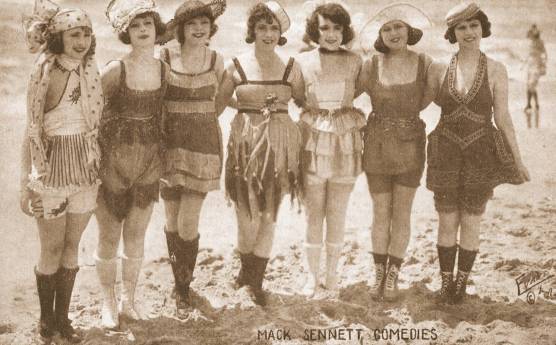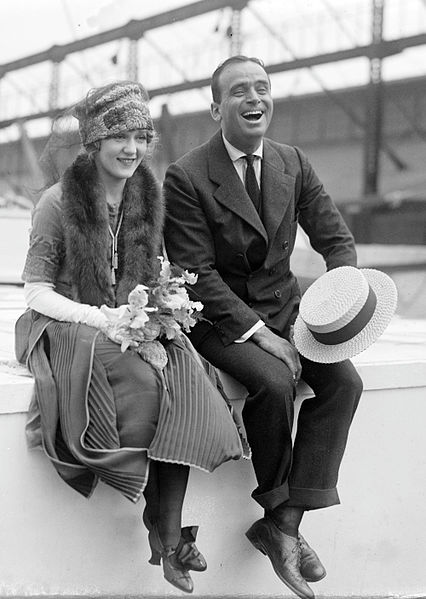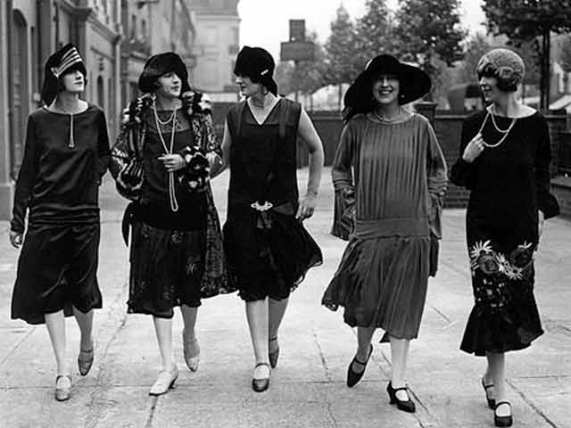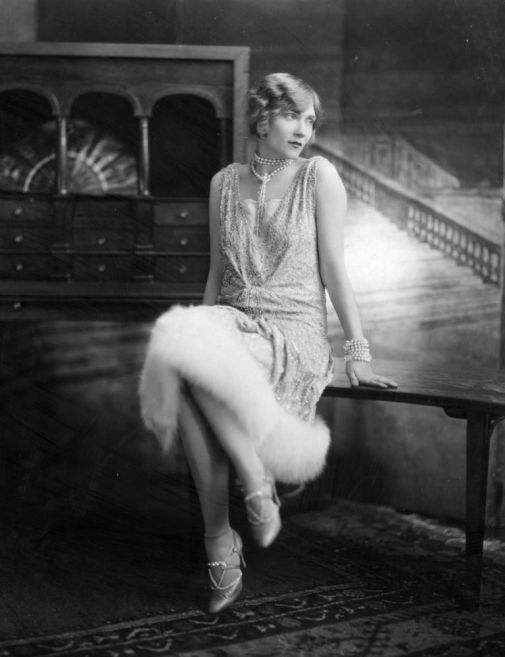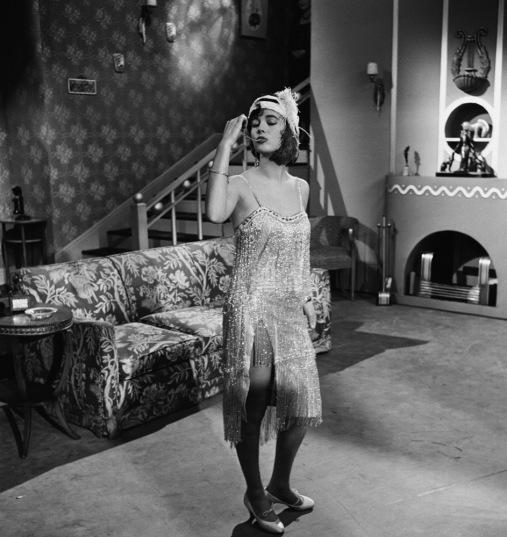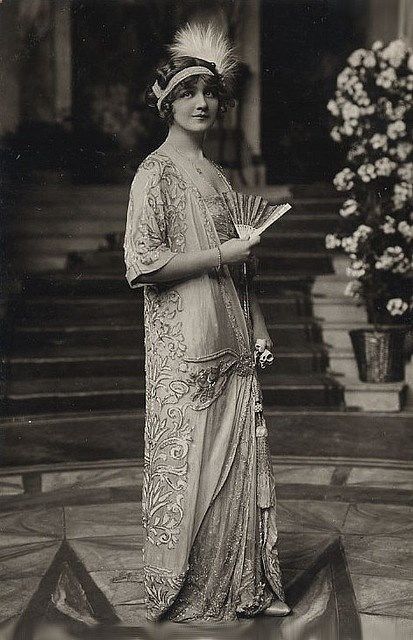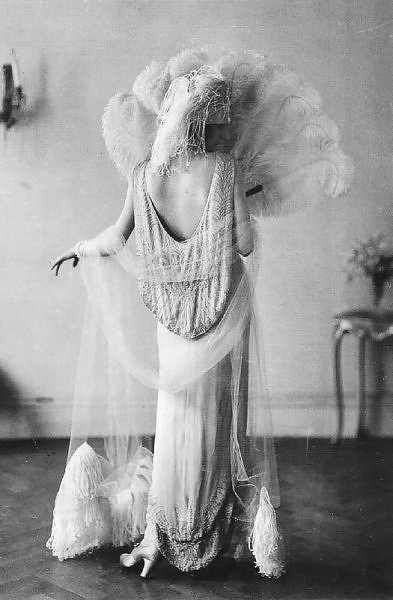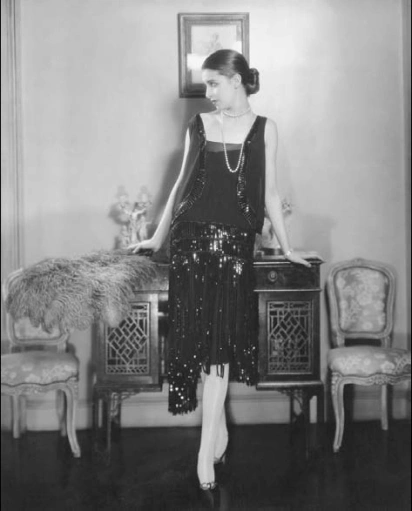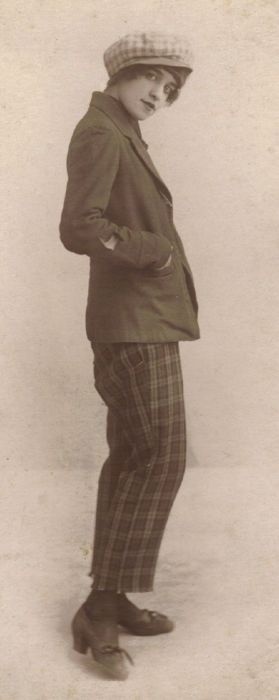Back again…Long time, no seen, but I’m happy to be back :))
Today’s blog post concentrates on dress history.
Nowadays we can see females wearing very short dress and skirts, perhaps sometimes revealing too much (no judgements). But little do we know that less than 100 years, the shortest dress that women could wore was just ankle length skirt. Let’s see when it all started to change and how.
Let’s go back to 1900s.
In 1900 skirts were still that long that they were brushing the floor (and with a train), including day dresses.
In 1900, the hourglass figure was in. The fashion houses in Paris presented a new silhouette with thicker waist, flatter bust and narrower hips. By the end of the decade, most fashionable skirts still brushed the floor, but approached the ankle.
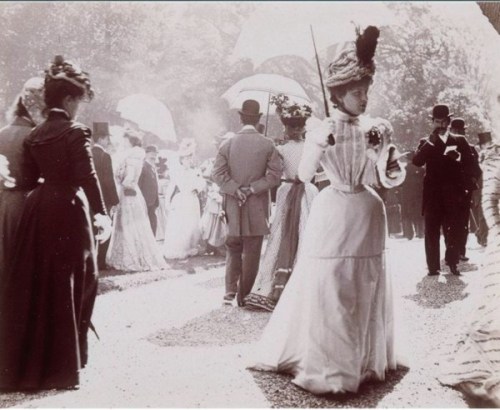 This is what our grand-grand-grandmas wore
This is what our grand-grand-grandmas wore
In 1900s the key trends were La Belle Époque and the Gibson Girl.
La Belle Époque style was favoured by the rich and privileged. Sumptuous fashions were made in luxurious fabrics. Women who were not part of the upper echelons of society, however, had to settle with less expensive clothing.
Gibson Girl look was viewed as the ideal feminine form, featured a large bosom, tiny waist and rounded backside, all of which were achieved with the help of swan-bill corsets. It fit in with an almost ethereal idea of beauty, where women had long, elegant necks; wore their hair piled invitingly high on their heads and had a faraway, dreamy gaze.
Other clothing:
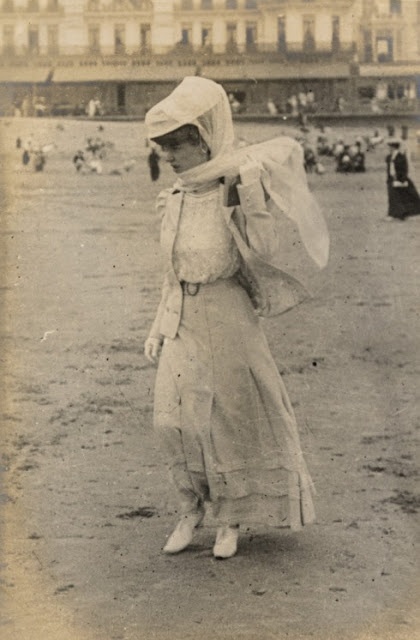 This is what you would wear in the beach, back in 1900.
This is what you would wear in the beach, back in 1900.
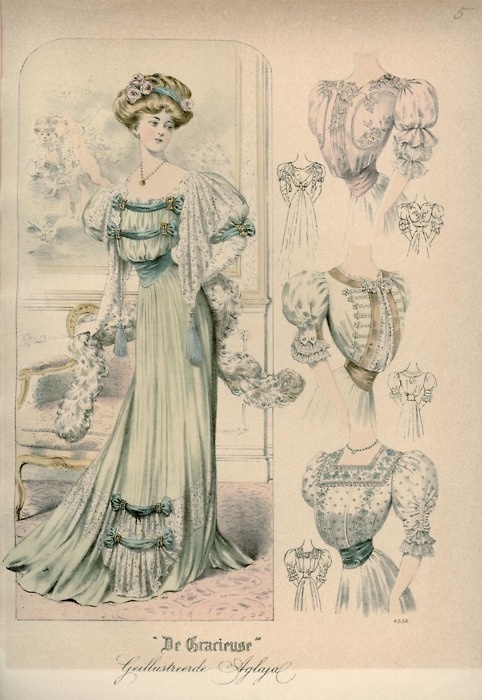 Evening dress and evening bodices, 1907, Netherlands
Evening dress and evening bodices, 1907, Netherlands
In 1910s, things got little more loose for women. The big thing about 10s was that this is the time when World War I took place (1914-1919), which made everyone depressed and therefor also more convenient. Plus, women had to start working and started to fight for suffrage. Therefor, impractical, fancy dresses replaced with more practical and comfortable dresses.
Pastel colours and delicate, light, flimsy materials, inspired from imperialism, were most desired.
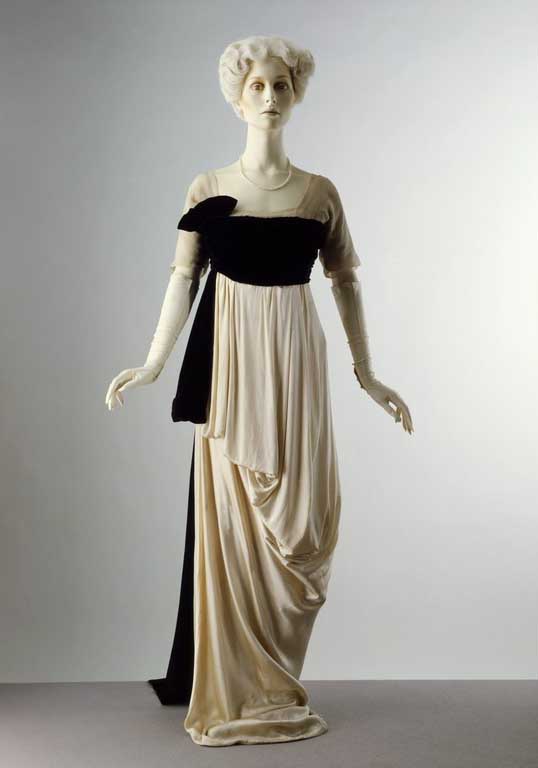 Evening gown, designed by Lucile, 1912
Evening gown, designed by Lucile, 1912
The most popular trends were orientalism, hobble skirts and day suits.
In 1913, fashion slaves fell in love with orientalism. Orientalism was influenced by the vivid colours of the Far East, women’s dresses no longer featured the high waistbands of earlier times. The tight, binding corsets were abandoned and women started to wear less constrictive corsets.
Hobble skirts were impractical garments that fit so tightly around the lower part of women’s legs that wearers had to hobble to get around. Waistlines were high (empire style), and skirts were wide around the hips, tapering in at the ankle. This hard-to-wear fashion was short-lived, as women were looking for clothing that was easier to wear.
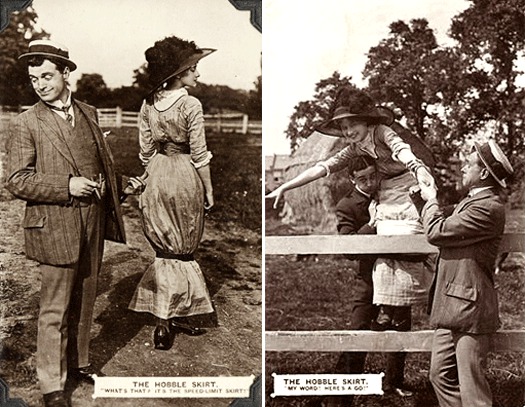 Hobble skirts, that made walking impossible.
Hobble skirts, that made walking impossible.
Day suits: Long skirts, loose, belted jackets and fur trim often defined day suits (also referred to as walking suits) for women in the latter part of this decade. This style was practical as women joined the workforce while men were fighting during World War I.
Other examples:
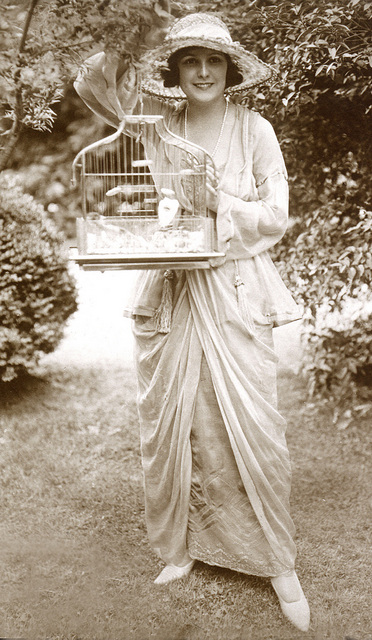 One of the most influential fashion designer in 1910s – Lucy, Lady Duff-Gordon
One of the most influential fashion designer in 1910s – Lucy, Lady Duff-Gordon
1920s – The Great Gatsby times
The Great Gatsby times – who doesn’t love them… This is the time when everything started to change. In 1920s women replaced strict and long skirts with more comfortable shorter dresses and even trousers. After World War I, there was revolution in almost every sphere of human activity social customs and morals were more relaxed. Women earned the right to vote and entered the workforce, therefor their clothing became more relaxed, practical and masculine. In 1920s, corsets were so last year and lost their place in the women closets.
Although society matrons of a certain age continued to wear conservative dresses, the sportswear became popular among forward-looking and younger women. The most memorable fashion trend of the “Roaring ’20s” was undoubtedly “the flapper” look. The flapper dress was functional and flattened the bust line rather than accentuating it. Drop-waist dresses, elaborately beaded and fringed embellishments and sparkly headbands were the defining traits of the flapper girl. This was in reaction to the exuberance of the years after the Great War, and hemlines rose to allow for the wild Charleston dancing that so many flapper girls engaged in.
Coco Chanel became the fashion icon, being one of the first women to wear trousers, cut her hair and reject the corset, which many women followed. Nautical stripes, trousers, and chunky knit sweaters became hallmarks of Chanel’s boyish style.
High heels became popular during this time period, reaching two to three inches in height (which was quite high for the time).
For the first time in centuries, women’s legs were seen with hemlines rising to the knee and dresses becoming more fitted. Can you believe that it has been only 90 years, since women started to show her legs.
So keep in mind, 20s is the time, when women started to wear knee length dresses and trousers. This is the time when clothing revolution started.

